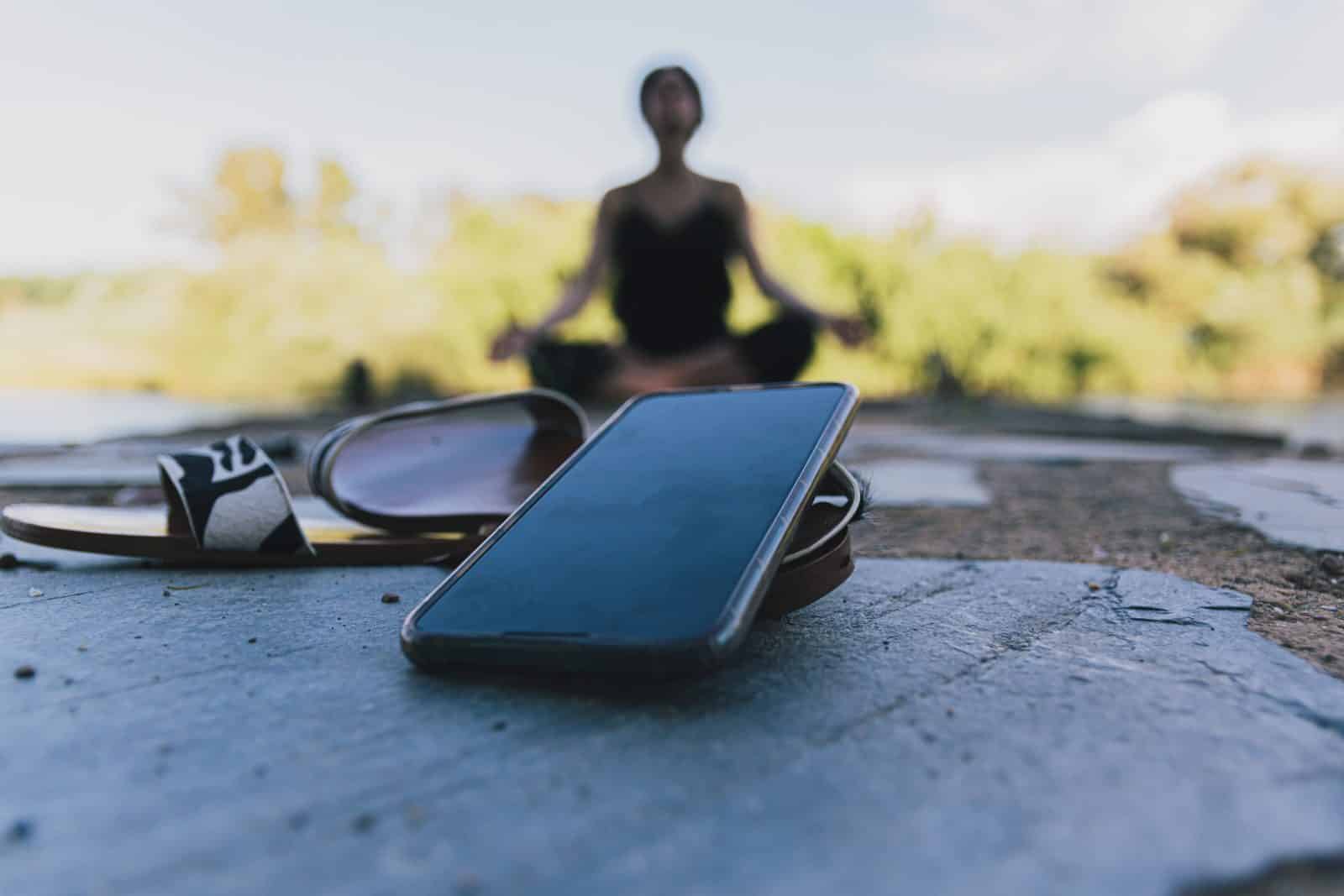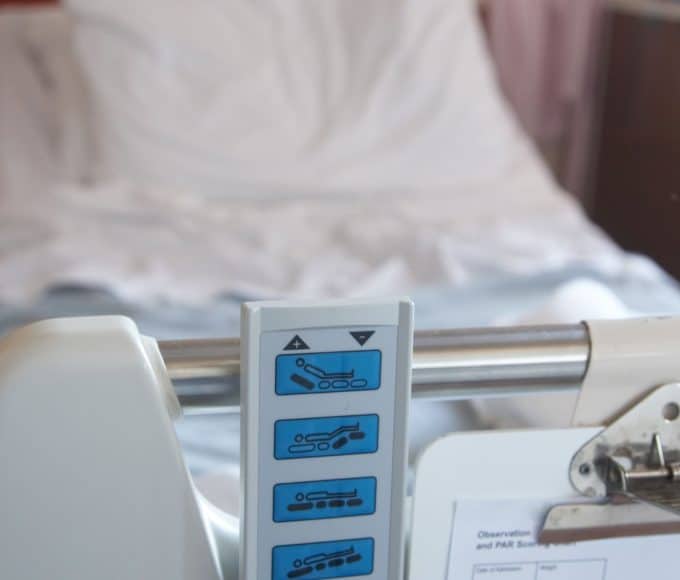Ah, screens—our gateways to memes, meetings, and endless scrolling. They’re so embedded in our daily lives that the thought of stepping away might seem impossible.
But here’s the thing: too much screen time can mess with your mental health, sleep, and productivity.
A digital detox doesn’t mean ditching devices altogether—it’s about finding balance. Let’s explore why taking a break is crucial and how to make it work for you.
Why Should You Take a Digital Detox?
1. Boost Your Mental Health
Did you know excessive screen time—especially on social media—can spike anxiety and depression? A study in JAMA Psychiatry found a clear link between heavy social media use and increased psychological distress among young adults.
Taking a step back from the digital world can give your brain some much-needed breathing room.
2. Sleep Like a Baby
The blue light from screens tricks your brain into thinking it’s daytime, suppressing melatonin production and messing up your sleep cycle.
Cutting back on screens, especially before bed, can help you sleep better—and we all know good sleep equals better moods and sharper focus.
3. Reclaim Your Productivity
Constant notifications and mindless scrolling are major productivity killers. Research from the University of California reveals that after a digital distraction, it takes about 23 minutes to fully refocus.
Imagine how much more you could get done without those interruptions!
How to Start Your Digital Detox
1. Set Small Boundaries
You don’t need to quit cold turkey. Start small with manageable limits:
- No phones during meals.
- A 30-minute screen-free wind-down before bed.
- Use apps like Moment or Screen Time to monitor and cap your usage.
2. Replace Scrolling with Fun Activities
The key to a successful detox is filling the void with activities you love.
- Love being creative? Try painting, journaling, or baking.
- Craving connection? Call a friend or plan a meetup instead of texting.
3. Schedule Screen-Free Hours
Dedicate specific times each day to unplug. Use this time to go for a walk, read a book, or meditate. If you work online, set alarms to remind yourself to take breaks and look away from the screen.
4. Create No-Tech Zones
Designate areas in your home as screen-free, like the dining room or bedroom. These boundaries can make it easier to disconnect and focus on what matters.
Can You Stay Connected While Detoxing?
Absolutely! A digital detox doesn’t mean disappearing from the grid. Let your friends, family, and coworkers know about your offline hours. Who knows?
You might inspire them to join you and spark healthier ways to stay in touch, like face-to-face chats or meaningful phone calls.
Small Changes, Big Wins
A digital detox isn’t about abandoning technology; it’s about taking control of your time.
By setting boundaries, finding offline joys, and prioritizing real-world connections, you’ll feel more balanced and in tune with yourself.
Ready to give it a shot? Start small, experiment with boundaries, and embrace the freedom that comes with disconnecting—even if it’s just for a little while.
Recommended – The Happiness Detox: 5 Things You Need to Stop Doing for More Joy














